Good question. ![]() i dont know if they are or not oxy-free. They do seem to give a lower loss than the stock wires though.
i dont know if they are or not oxy-free. They do seem to give a lower loss than the stock wires though.
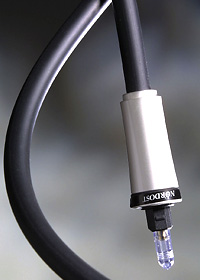
Good question. ![]() i dont know if they are or not oxy-free. They do seem to give a lower loss than the stock wires though.
i dont know if they are or not oxy-free. They do seem to give a lower loss than the stock wires though.
When I referred to Oxy-Free wire I was poking fun at the Audiophiles. They are the most anal, snootiest group ever. Oxygen-Free Wire is supposed to provide a better listening experience and some will spend thousands on speaker cables! I lost one of my best friends to the “Audiophile Cult” After that I couldn’t stand to be around him.
Get a load of these prices!

When I referred to Oxy-Free wire I was poking fun at the Audiophiles. They are the most anal, snootiest group ever. Oxygen-Free Wire is supposed to provide a better listening experience and some will spend thousands on speaker cables! I lost one of my best friends to the “Audiophile Cult” After that I couldn’t stand to be around him.
Get a load of these prices!
wow that it crazy. I like my music too, but not that much to spend the price of a car on some wires.
I would prefer to use that money for more flashlights. :bigsmile:
I’m wondering, do those ceaseum and rubadubdium thingies fit on your wrist?
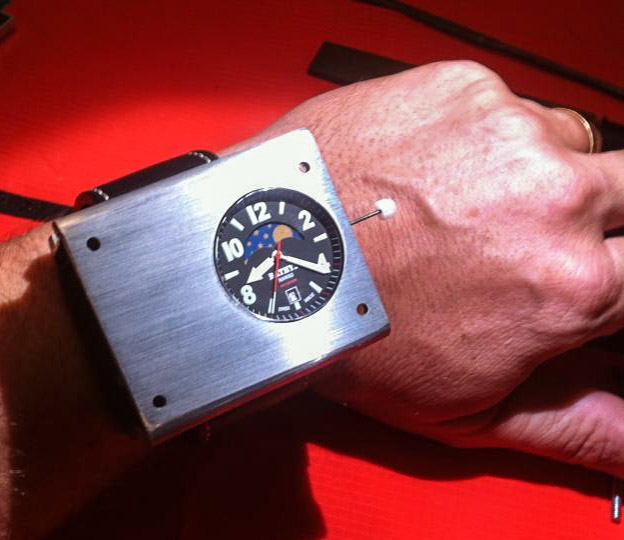
It literally makes zero sense from a marketing standpoint that Hawaiian surfer lifestyle watch brand Bathys Hawaii would suddenly work on developing an atomic clock wristwatch (what you see in this post is a working prototype).
It’s nor actually a cesium beam clock, but a cesium vapor cell (like the rubidiums). The portos are of a prototype, the actual unit will be more finished… hopefully. Another company makes a pocket watch version.
A cesium beam wrist watch:
http://leapsecond.com/pages/atomic-bill/
And the GPSDO units do output the time and a one pulse-per-second time sync pulse. I DO know what time it is. The GPS satellites are monitored and controlled by ground stations and are set against a world wide array of cesium beam clocks.
Cesium beam clocks are, by definition, what determines what a second is. That definition may soon be replaced with optical lattice clocks… which can be 1000 times more stable. They are so accurate that changing their altitude by a millimeter can mesueably affect their time (due to relativity effects). Even a standard cesium beam clock is measurably affected by gravity: Climbing with Atomic Clocks
A cesium beam clock costs more than a bundle (a new one is at least $50K)… and the cesium beam tube has a finite operating life of 3-7 years. A replacement tube will set you back at least $35,000…
That’s some serious business right there! Would get me to the wedding on time, but there’s still no guarantee the bride would be ready! ![]()
(Had a bride make us all wait 45 minutes while her nephew raced back to her house to get her “Woman-he’s-never-seen” ……. the wig she forgot!)
Most instruments tend to have sensitivity to temperature, with the better ones controlling or compensating for it better. It would be interesting to see that tested.
My DT830B gave me a reading I didn’t believe for a cell voltage after I forgot and left it on. That could be the internal battery voltage, but since that was new I think it more likely that something inside such as the main IC chip warmed up and that affected the reading. I would not have much faith in readings taken outdoors with it or similar meters. Since flashlight components are also temperature sensitive, one might want measurements at different temperatures.
These single chip-on-board meters are stable enough that reasonable temperature changes won’t significantly affect the readings. You most likely run your battery down. The meters don’t have a working low battery alarm.
What is the most reliable way to get amperage readings? The stock leads are horrible at this job. I had tried using a solid wire from 12ga Romex and while it worked the stiff wire made it a nuisance to do. Ran across some 12ga ground fault leads at Home Depot for a buck and am now using those. More flexible (kind of) and seem to give good readings.
Is there not a lead with good plugs that can found that’s reliable for the 10A position?
This is what I use for current readings, banana plugs and grounding tags:
If you can find silicone sleeve wire it is more flexible. It can be tricky positioning thick wire when measuring chargers etc.
Texaspyro, I don’t know about the Harbour Freight meters but I think my 830D has low voltage sign. It has continuity beep too.
These single chip-on-board meters are stable enough that reasonable temperature changes won’t significantly affect the readings. You most likely run your battery down. The meters don’t have a working low battery alarm.
I have had a different experience with temperatures with HF meters. When I figured out how to calibrate them, I gathered all my meters up and set in. What I noticed was the one from the garage, where it was guessing around 45° F, measured different than the others. So I went to adjusting the reading. Set it dead on with my good meter. Then proceeded to set the rest of the meters that where not reading out very much at all by the way. All where set dead on with the good meter. Started back and checked them all again. The one that was from the cold garage was off again. So I set it again and kept a watch on it. It continued to read a very slight difference until about thirty minutes later where it stabilized. The next day after, where they where all stored at room temp in my Lab (that’s what it looks like anyway :D) They all measured the same to the good meter. I didn’t do any real testing with temperature against reading. It’s just what I noticed from a cold garage to room temperature. It also very possible that the battery in the meter, could have been affected by the lower temps causing the lower reading. The chip itself maybe quite stable with different temps, but the power source a (9 volt battery) maybe influenced by temps. Not sure that’s the cause, but I did notice different readings between a cold garage and room temperature.
Chloe, what’s the highest amperage you measure with those, and did you solder the wire into the plugs? Is that 16Ga?
The wire I used is only rated for 6A but you can get thicker if you want higher rated. I didn’t solder to the banana plug, only to the tags; the wire is held in place by screws. You could modify a charging cable like the ones from HobbyKing, they use 14 AWG silicone sleeve wire .
I’ll check into those leads and some silicone insulated wire for builds.
Thanks Chloe, I’ll share the $27 tab with you ![]() LOL, Like I needed another place to spend money, geesh.
LOL, Like I needed another place to spend money, geesh.
27 USD?? Was shipping really that much?
I got banana plugs, a meter each of red and black 12ga Silicone wire, 15 meters each of 20 ga. Red and Black Silicone Wire, and the luxury of paying too much for shipping. Sweet! ![]() That was like a little bonus, for the American, to make him feel right at home (used to our Govt.)
That was like a little bonus, for the American, to make him feel right at home (used to our Govt.)
Edit: Seriously though… I live in the country, it would take a minimum of $5 in gas to go to town and back, pay inflated electronics store prices (if they even have Silicone insulated wire) and then tax on top of that, so it’s probably a wash and I don’t even have to leave home! ![]()
Another example of how a very cheap price can be a game changer.
About 7 years ago I was in Home Depot and bought 30 of these cords on clearance, for $2.83 each. Sounds crazy huh?
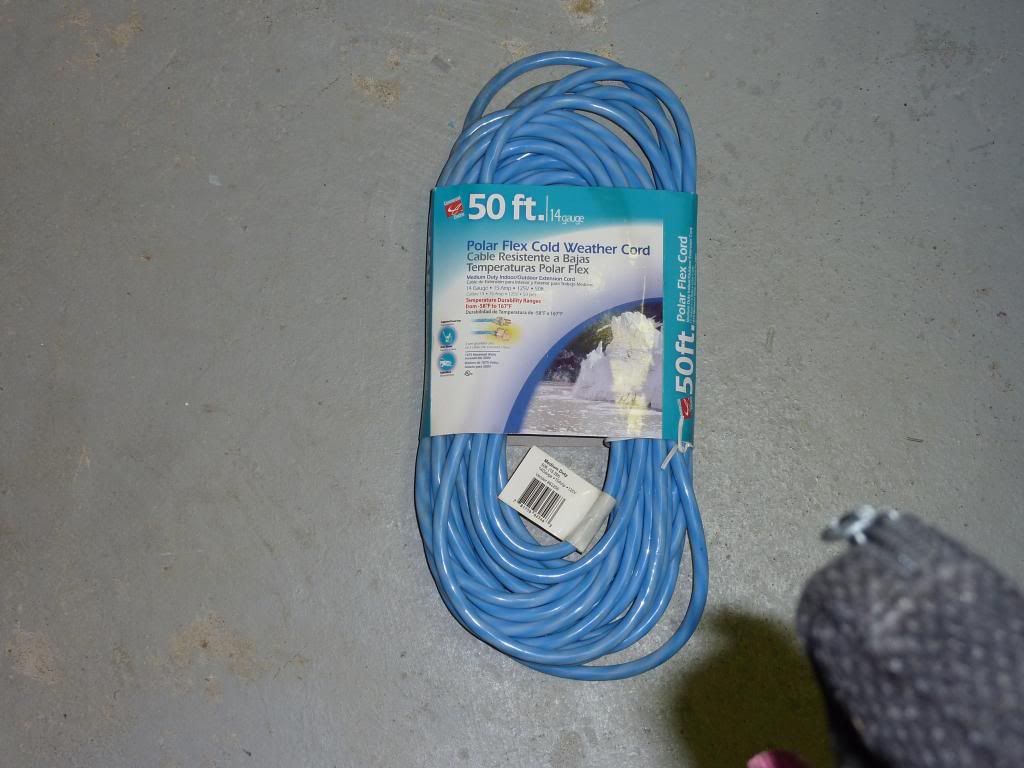
A cord like this is $50 today. These cords a very flexible and stay flexible in the cold. The copper wire in finely stranded and the insulation is such that it does not get stiff in the cold. Beautiful cords to use.
Anyway, because of the very cheap price, I was able to do something that would be unthinkable otherwise. I cut the cord!
First I folded it in half, and made 2 cuts at 5 feet. That tape measure is 1 of 7 that I have picked up at HF for free, with coupon!
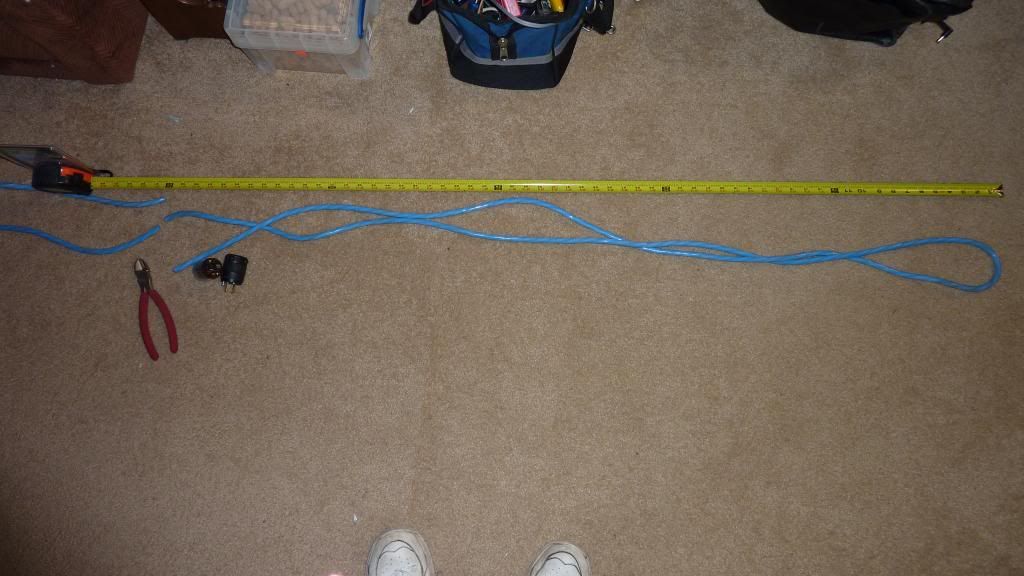
My free tape measures
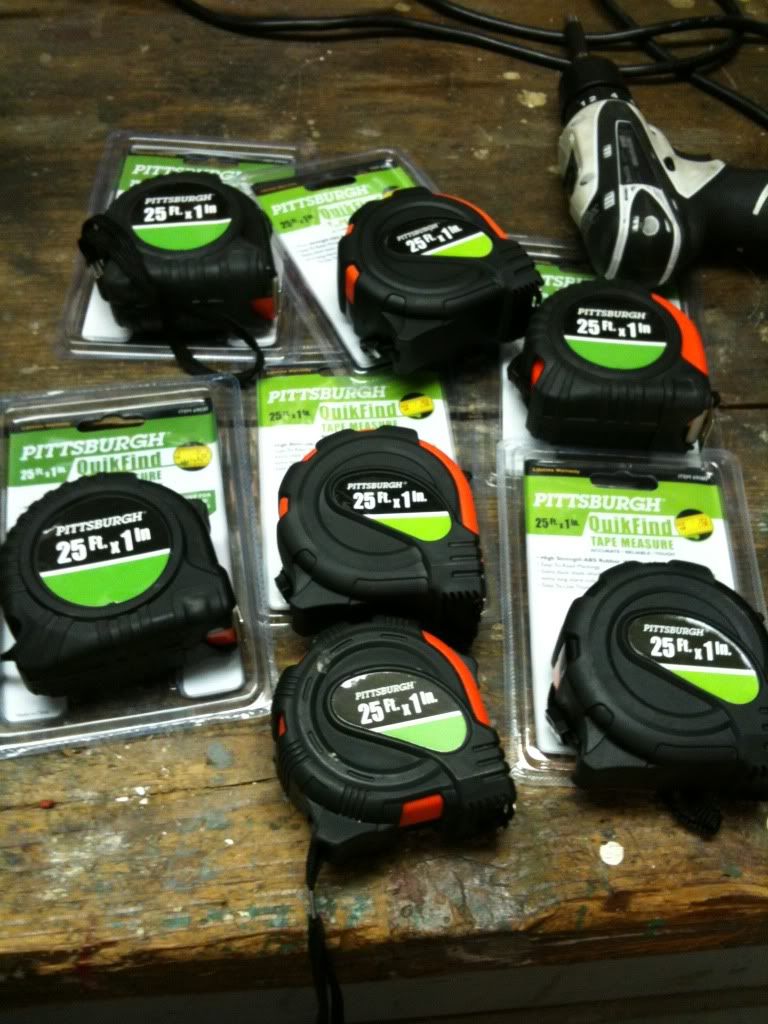
After the cuts I ended up with a nice piece of 14 gauge wire with 10 feet each of black, white and green.
I also ended up with 2 - 20 foot pieces of extension cord, one that needed a new plug, and one that needed a new socket.
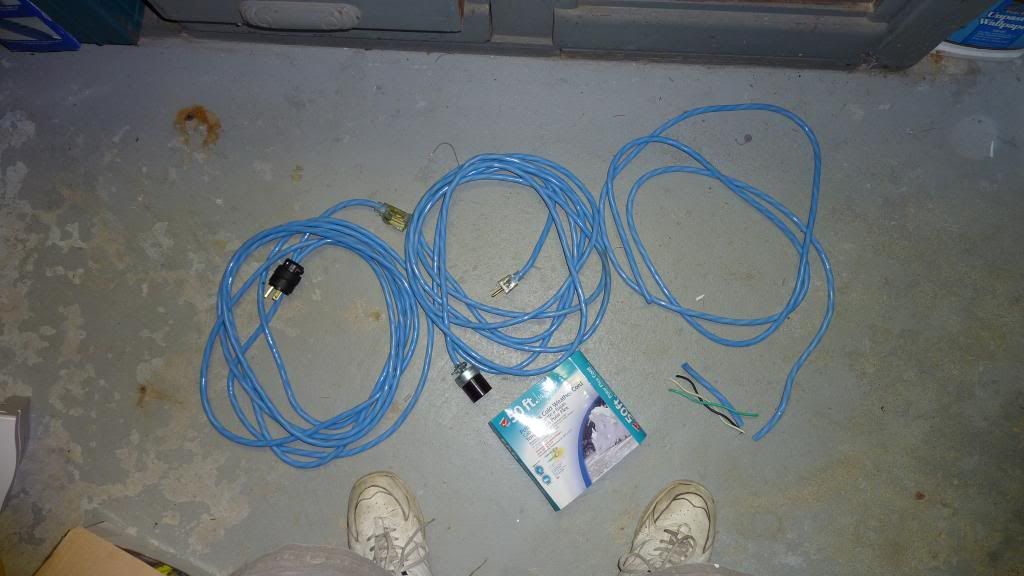
I pulled the 3 wires out of the 10 foot piece and made my jumpers and test leads.
Now those leads at not as flexible as the real deal, but they are pretty good.
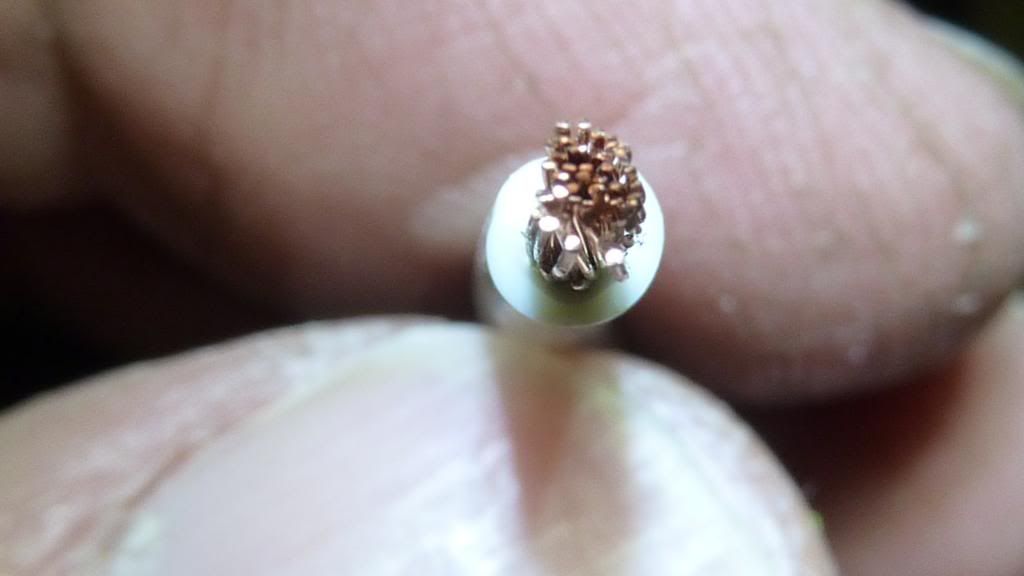
Low price = game changer
Nice buy, dchomak! I was thinking about changing the lead connecting the wand to solder station with silicone sleeved cable for the flexibility, but it’s really not cheap, and such a non-essential mod. >.<
so that meter that was 1.38 while everything else was 1.43-1.45? WHAT DOES IT MEAN?
I’m pretty sure it means that you won’t be getting Kona coffee at the local Starbuck’s with a shot of Kahlua in it, cream or no cream. ![]()